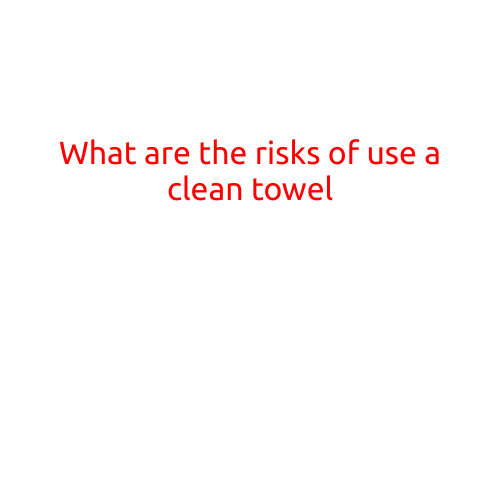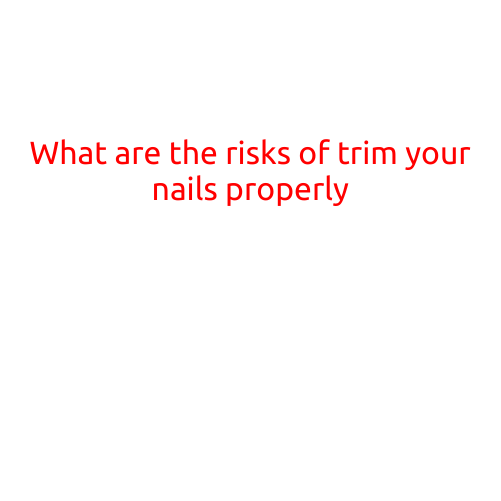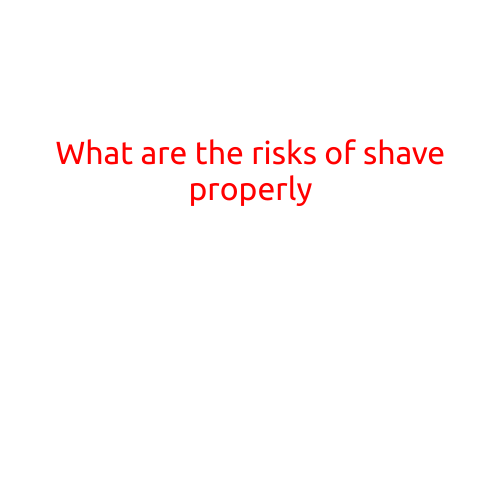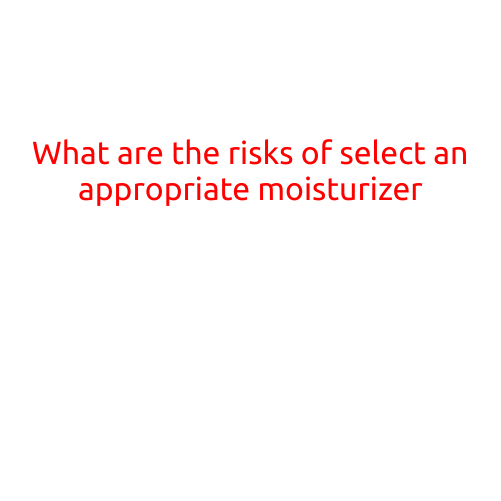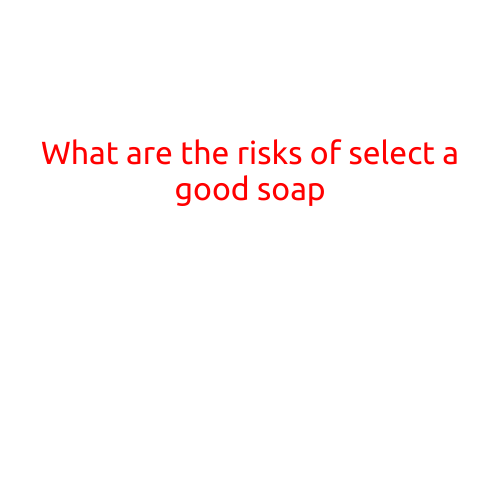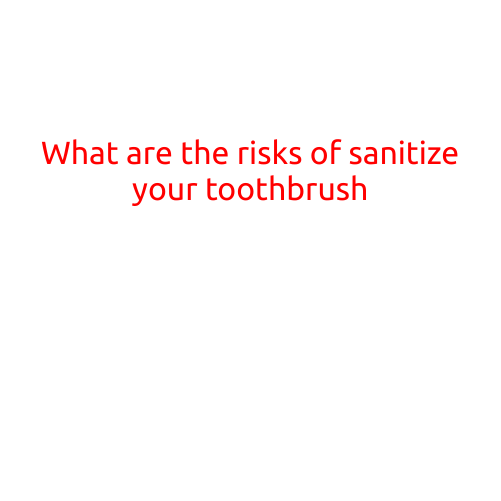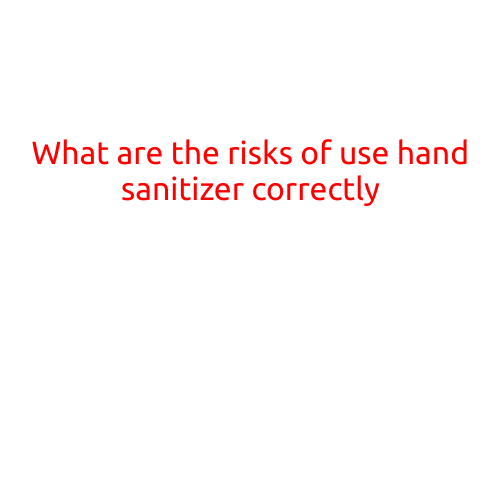
What are the Risks of Using Hand Sanitizer Incorrectly?
Hand sanitizer has become a ubiquitous tool in our daily lives, particularly during the ongoing COVID-19 pandemic. The Centers for Disease Control and Prevention (CDC) recommends using hand sanitizer as an alternative to washing with soap and water when soap and water are not available. While hand sanitizer can be an effective way to reduce the spread of germs and prevent illness, there are risks associated with its use, especially when used incorrectly.
Risks of Using Hand Sanitizer Incorrectly
- Over-reliance on hand sanitizer: Using hand sanitizer as a substitute for regular hand washing with soap and water can lead to a false sense of security. Hand sanitizer may not be effective against all types of germs, and it may not be able to penetrate deep into the skin to reach all areas.
- Inadequate application: Hand sanitizer may not work effectively if applied incorrectly. For example, applying too little or too much sanitizer, or not rubbing it in thoroughly, may leave some areas of the skin unclean.
- Not drying the skin: Failing to dry the skin after using hand sanitizer can allow bacteria and germs to multiply, leading to infection or irritation.
- Allergic reactions: Some people may be allergic to the ingredients in hand sanitizer, which can cause skin irritation, itching, or even anaphylaxis in severe cases.
- Drying out the skin: Frequent use of hand sanitizer can strip the skin of its natural oils, leading to dryness, cracking, and irritation.
Tips for Using Hand Sanitizer Correctly
- Apply a sufficient amount: Use enough hand sanitizer to cover all surfaces of your hands, including the backs of your hands, wrists, and between your fingers.
- Rub it in thoroughly: Rub the hand sanitizer in until it is fully absorbed into the skin, paying special attention to areas between your fingers and under your nails.
- Let it dry: Allow the hand sanitizer to dry completely before touching your face or other surfaces.
- Wash your hands when possible: Whenever possible, wash your hands with soap and water for at least 20 seconds to further reduce the spread of germs.
- Choose a gentle hand sanitizer: Opt for a hand sanitizer that is fragrance-free and gentle on the skin to minimize the risk of irritation or allergic reactions.
** Conclusion**
While hand sanitizer can be an effective tool in preventing the spread of germs, it is essential to use it correctly to minimize the risks associated with its use. By following the tips outlined above and being aware of the potential risks, you can keep your hands clean and healthy while also reducing the risk of infection or irritation. Remember, hand sanitizer is meant to be used in conjunction with regular hand washing, not as a substitute. Always prioritize good hand hygiene practices to keep yourself and those around you healthy.
